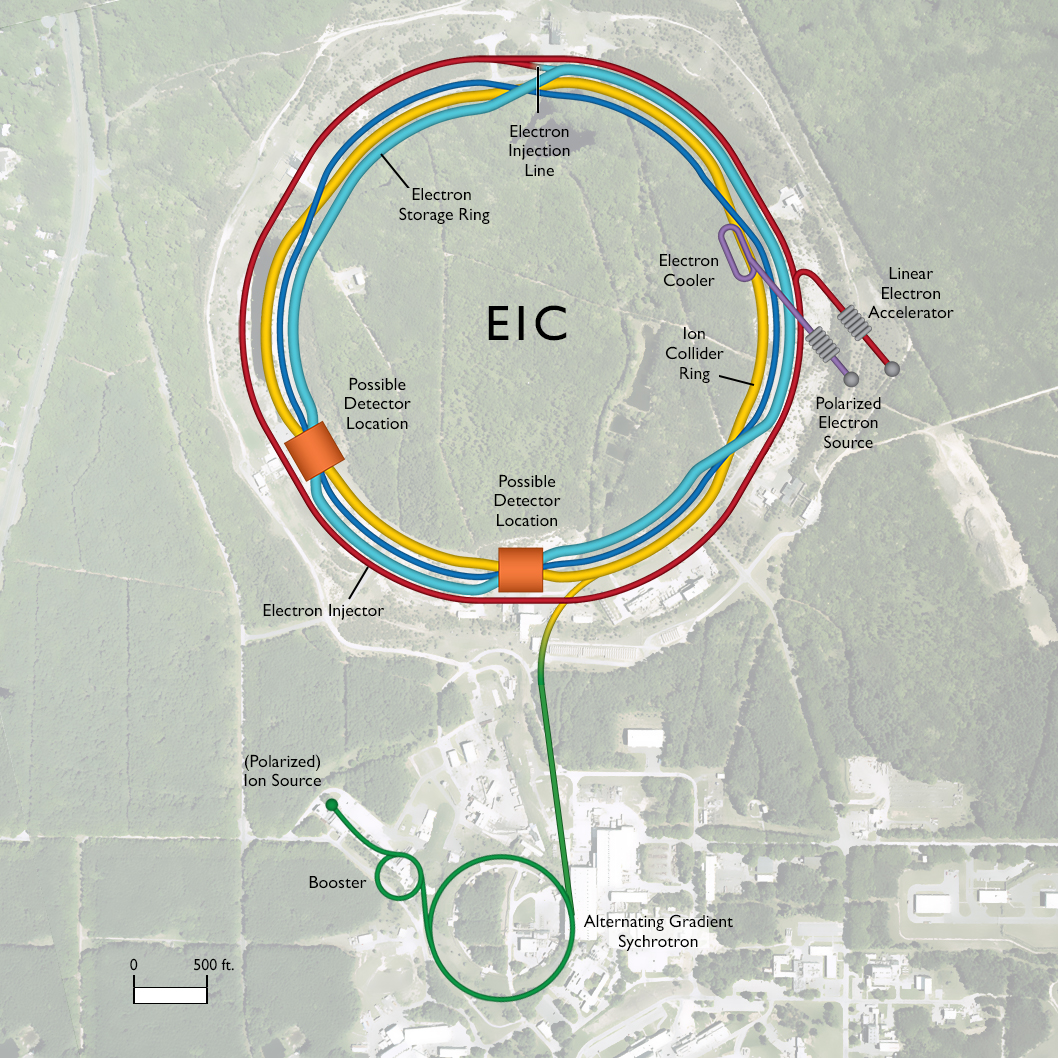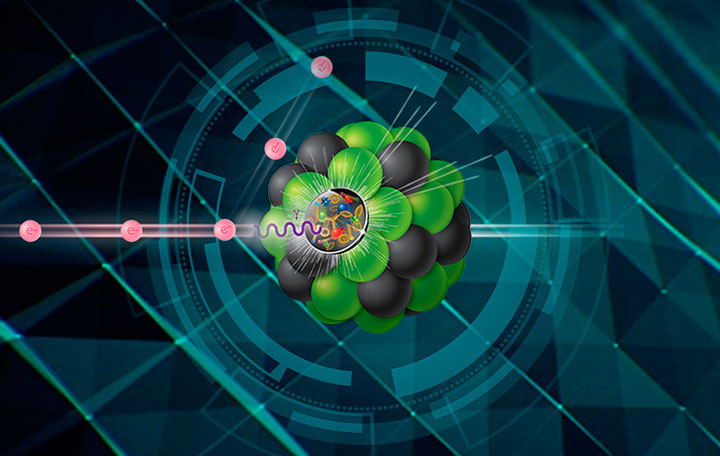What is the EIC?
The Electron-Ion Collider (EIC) is a groundbreaking particle accelerator project that is set to push the boundaries of our understanding of the universe. Currently under construction at the Brookhaven National Laboratory in New York, USA, the EIC is poised to become one of the most ambitious endeavors in modern particle physics. Its anticipated operational start is in the mid-2030s.

The Physics Goal of the EIC
The EIC’s primary mission is to explore the inner structures of protons, neutrons, and other hadrons. These particles are the building blocks of atomic nuclei, which in turn form the matter around us. By smashing electrons into ions (like protons and heavy nuclei) at high energies, scientists will be able to probe the subatomic particles that make up these hadrons.
One of the key goals of the EIC is to gain a deeper understanding of the quarks and gluons that are the constituents of protons and neutrons. Quarks are the fundamental particles that combine to form protons and neutrons, while gluons are the “glue” that holds these quarks together. Despite their importance, the precise behavior and interactions of quarks and gluons are still not fully understood. The EIC aims to shed light on their dynamics and how they contribute to the properties of hadrons.
Another major objective is to investigate the role of the strong force—the fundamental force that binds quarks together. This force is described by a theory called Quantum Chromodynamics (QCD). While QCD is a well-established theory, the EIC will provide new insights into its complexities and help answer questions about the strong force’s role in shaping the structure of matter.

Why is the EIC Important?
The EIC represents a leap forward in our ability to probe the subatomic world. By providing high-energy collisions between electrons and ions, the EIC will allow scientists to explore the inner structure of hadrons in ways that were previously impossible. This could lead to breakthroughs in our understanding of fundamental physics, potentially revealing new aspects of the strong force and the nature of matter itself.
In addition, the EIC will have implications for other fields of physics and beyond. For example, it could help us understand the formation of matter in the early universe and the behavior of nuclear matter under extreme conditions.
Timeline and Future Prospects
As of 2024, the construction of the EIC is already underway at the Brookhaven National Laboratory. The project is progressing according to schedule, with a target for completion and the start of scientific operations in the mid-2030s. The construction phase involves complex engineering and significant investment, but the potential rewards are immense.
Once operational, the EIC will conduct experiments and gather data that could revolutionize our understanding of hadron physics. As with any major scientific project, there are challenges to overcome, including ensuring the collider’s performance and securing ongoing funding. However, the EIC’s potential to answer some of the most profound questions in physics makes it a key player in unraveling the mysteries of the universe.
In Summary
The Electron-Ion Collider, now under construction at Brookhaven National Laboratory, is set to become a cornerstone of modern particle physics. With its focus on probing the fundamental structure of matter, understanding the behavior of quarks and gluons, and exploring the strong force, the EIC promises to be a transformative tool in the quest to understand the very fabric of reality. As we look forward to its completion and eventual operation, the EIC stands as a testament to the power of scientific inquiry and the relentless pursuit of knowledge.